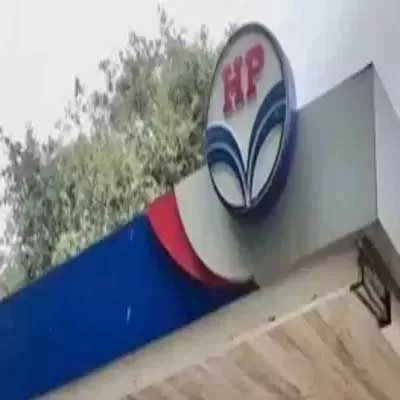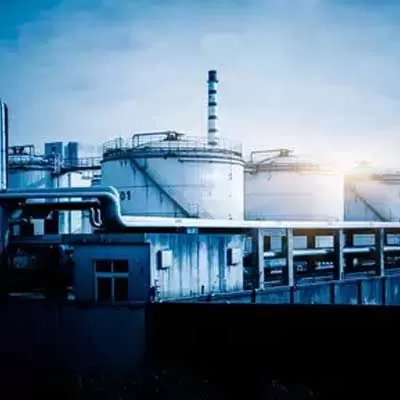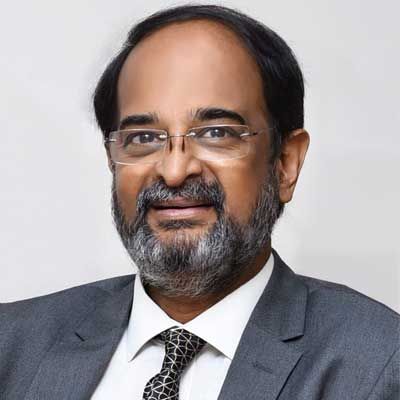- Home
- Infrastructure Energy
- OIL & GAS
- India O&G Pipeline Infrastructure 2011
India O&G Pipeline Infrastructure 2011
Date:September 16, 2011
Venue:New Delhi
Organiser: ASAPP Media
The recent tragedy in a crowded slum on the fringes of Nairobi, Kenya, where a pipeline mysteriously burst and killed at least 82 people trying to scoop up the leaking gasoline, formed the background for a conference recently. Many less dramatic but similar incidents are replete in the oil and gas (O&G) pipelines in India. Security of pipelines has finally enshrined itself in legislation in the recent proposed Petroleum and Minerals Pipelines (Acquisition of Right of User in Land) Amendment Bill, 2010, which seeks to make sabotage and pilferage more stringently punishable. Earlier, the entire burden of proof (that the accused had committed the crime) rested on the pipeline owner or operator, which proved difficult. Under the new provision, the burden of proof will be on the accused
.
Organised jointly by ASAPP Conferences, and the Petroleum Federation of India (Petrofed), the India O&G Pipeline Infrastructure Conference, held in New Delhi on September 16, 2011, discussed the theme 'Changing Dynamics in O&G Pipelines' including relevant policies, technologies and execution issues that the rugged O&G pipeline industry is confronted with. Speakers hailed and decried policies and regulation in pipelines: One that is particularly delay causing is the law that states that if forest clearance is not obtained for a portion of a pipeline, the pipeline cannot be laid for the entire stretch including non forest areas.
India's oil and gas industries have not been far behind international practices.Quietly, and with a purpose to modernise, often with help from international companies, Indian pipelines have been striding forward in design and technological advancements.
Technology could provide convenient but costly solutions to threats to pipeline security and safety. However, with reducing costs of solution oriented technologies such as trenchless drilling, which uses a boring machine and hence does not need major land acquisition, speakers emphasised the need for better processes in welding, coating, inspection methods, etc. They also discussed land and right-of-use (ROU), construction and environmental issues at the execution level.
KK Jha, Director (Pipelines), Indian Oil Corporation, who delivered the inaugural address, lamented that even with requisite permissions, installing a pipeline is often a challenge because of local interventions, deeming ROU little more than an ineffective piece of paper on the ground. "City gas distribution, the fastest growing segment in the Indian gas industry, and technology and planning solutions are the need of the hour in cutting the time to build pipelines in cities," said KK Sinha, CEO and Director, Essar Ports & Terminals, who delivered the Theme Address Apart from ROU-related difficulties on the ground, Sinha mentioned the fluctuating cost of procurement as a deterrent in pipelines.
Speakers also described new processes and global practices in design advancements, pipeline integrity, mitigation and operation and maintenance (O&M) practices such as the use of Smart Plug that isolates and pinpoints as much as a dent in the pipe.
The recent conference discussed the new technologies that are available in India, which can transform O&G pipeline execution and maintenance. Date:September 16, 2011Venue:New DelhiOrganiser: ASAPP MediaThe recent tragedy in a crowded slum on the fringes of Nairobi, Kenya, where a pipeline mysteriously burst and killed at least 82 people trying to scoop up the leaking gasoline, formed the background for a conference recently. Many less dramatic but similar incidents are replete in the oil and gas (O&G) pipelines in India. Security of pipelines has finally enshrined itself in legislation in the recent proposed Petroleum and Minerals Pipelines (Acquisition of Right of User in Land) Amendment Bill, 2010, which seeks to make sabotage and pilferage more stringently punishable. Earlier, the entire burden of proof (that the accused had committed the crime) rested on the pipeline owner or operator, which proved difficult. Under the new provision, the burden of proof will be on the accused.Organised jointly by ASAPP Conferences, and the Petroleum Federation of India (Petrofed), the India O&G Pipeline Infrastructure Conference, held in New Delhi on September 16, 2011, discussed the theme 'Changing Dynamics in O&G Pipelines' including relevant policies, technologies and execution issues that the rugged O&G pipeline industry is confronted with. Speakers hailed and decried policies and regulation in pipelines: One that is particularly delay causing is the law that states that if forest clearance is not obtained for a portion of a pipeline, the pipeline cannot be laid for the entire stretch including non forest areas.India's oil and gas industries have not been far behind international practices.Quietly, and with a purpose to modernise, often with help from international companies, Indian pipelines have been striding forward in design and technological advancements. Technology could provide convenient but costly solutions to threats to pipeline security and safety. However, with reducing costs of solution oriented technologies such as trenchless drilling, which uses a boring machine and hence does not need major land acquisition, speakers emphasised the need for better processes in welding, coating, inspection methods, etc. They also discussed land and right-of-use (ROU), construction and environmental issues at the execution level.KK Jha, Director (Pipelines), Indian Oil Corporation, who delivered the inaugural address, lamented that even with requisite permissions, installing a pipeline is often a challenge because of local interventions, deeming ROU little more than an ineffective piece of paper on the ground. City gas distribution, the fastest growing segment in the Indian gas industry, and technology and planning solutions are the need of the hour in cutting the time to build pipelines in cities, said KK Sinha, CEO and Director, Essar Ports & Terminals, who delivered the Theme Address Apart from ROU-related difficulties on the ground, Sinha mentioned the fluctuating cost of procurement as a deterrent in pipelines.Speakers also described new processes and global practices in design advancements, pipeline integrity, mitigation and operation and maintenance (O&M) practices such as the use of Smart Plug that isolates and pinpoints as much as a dent in the pipe.


















